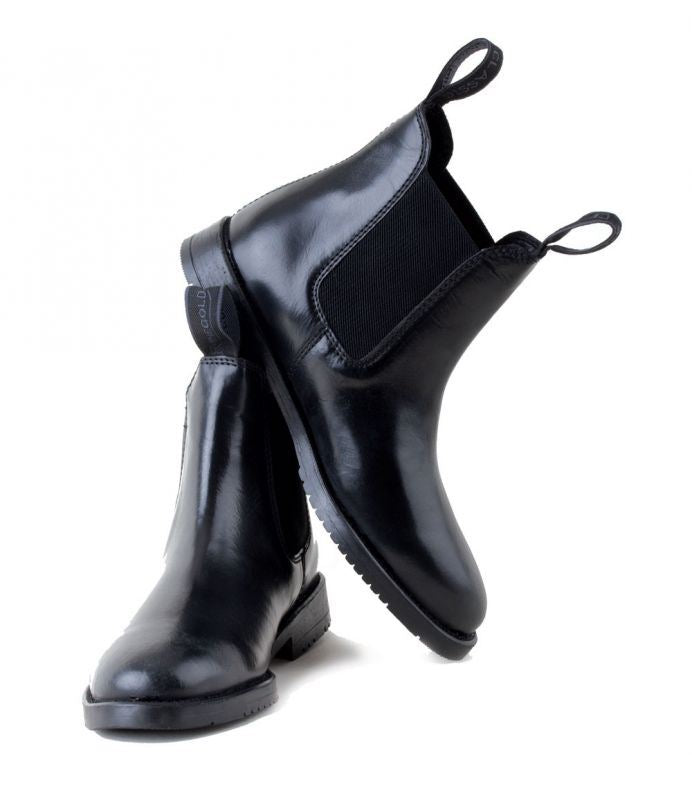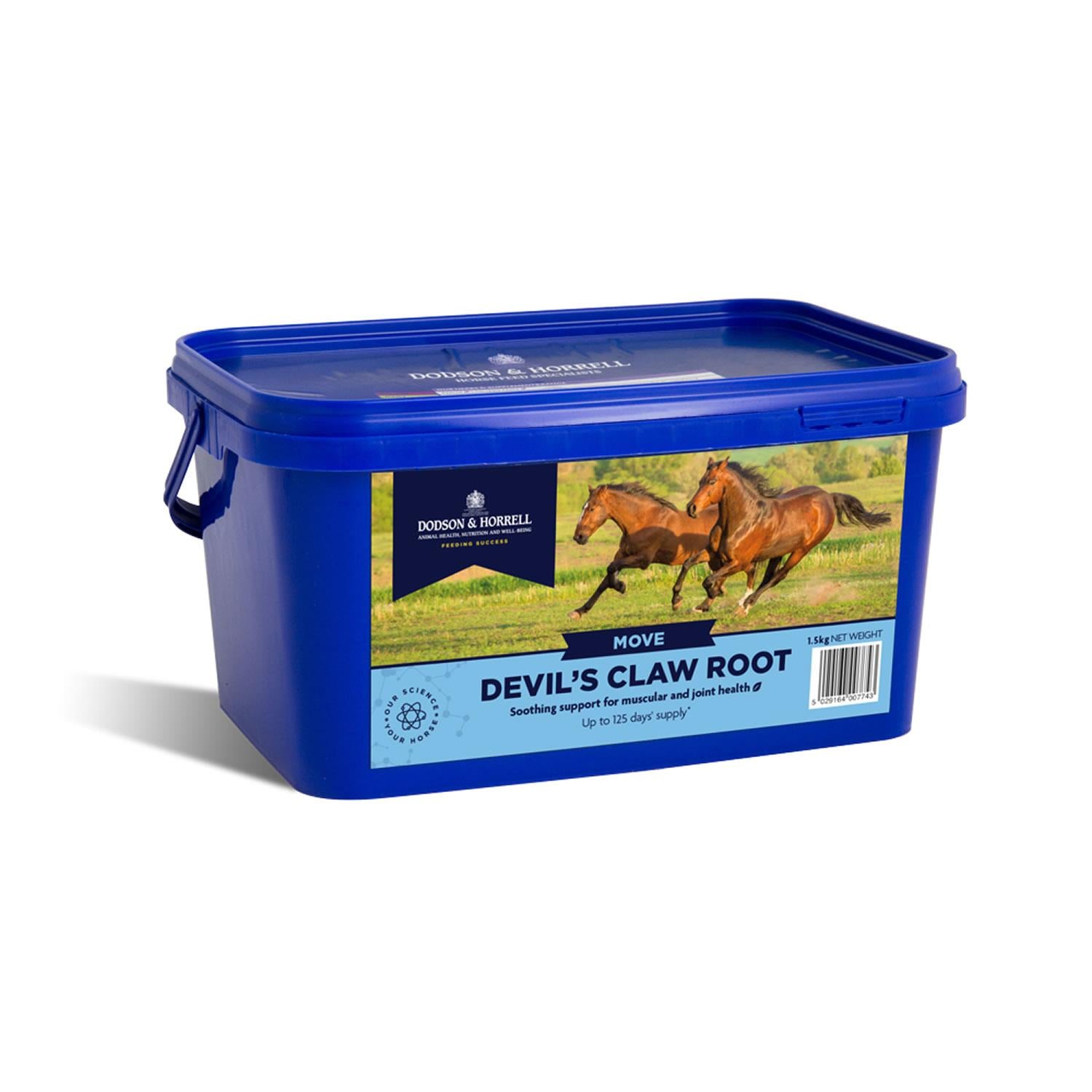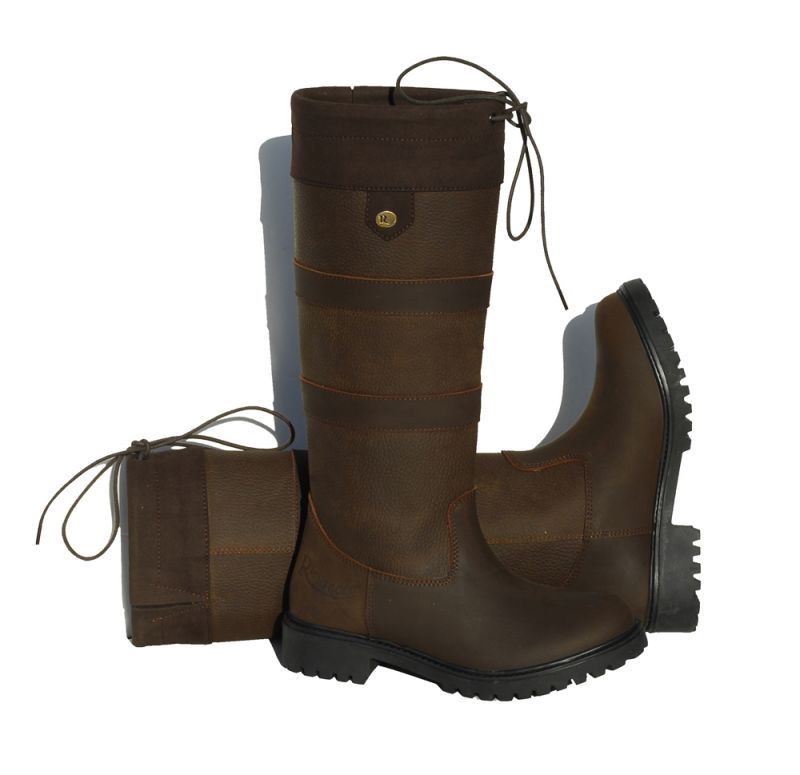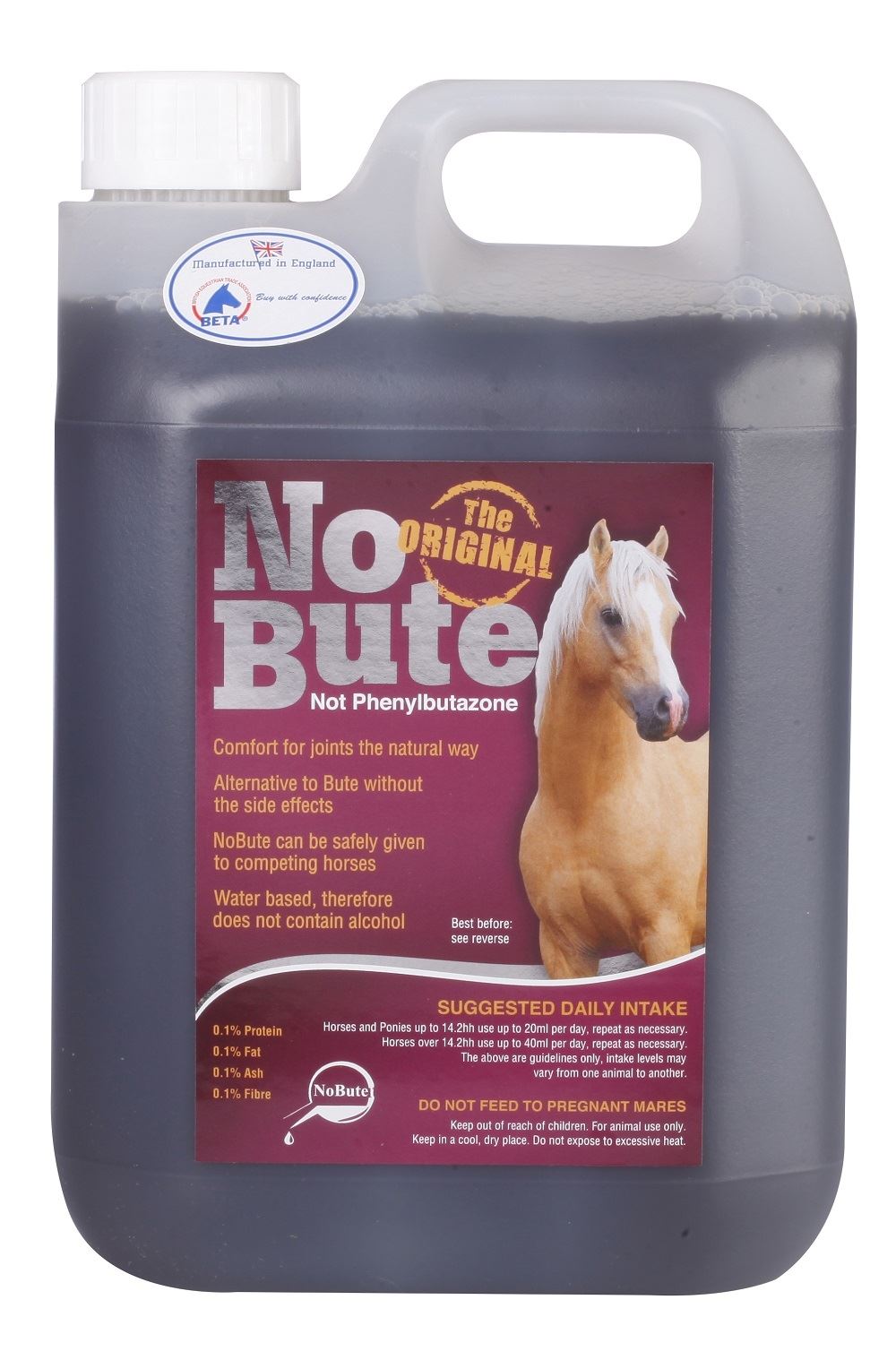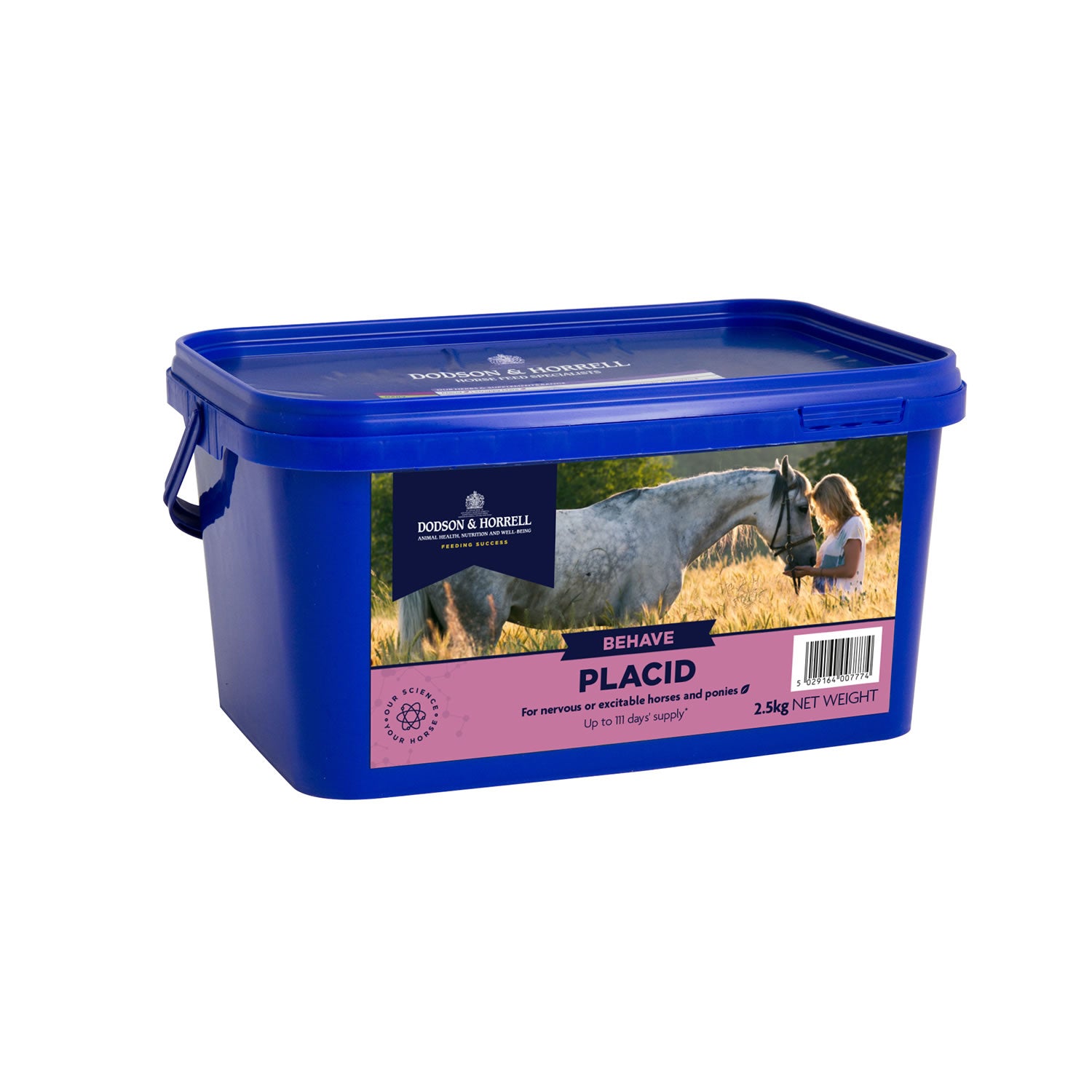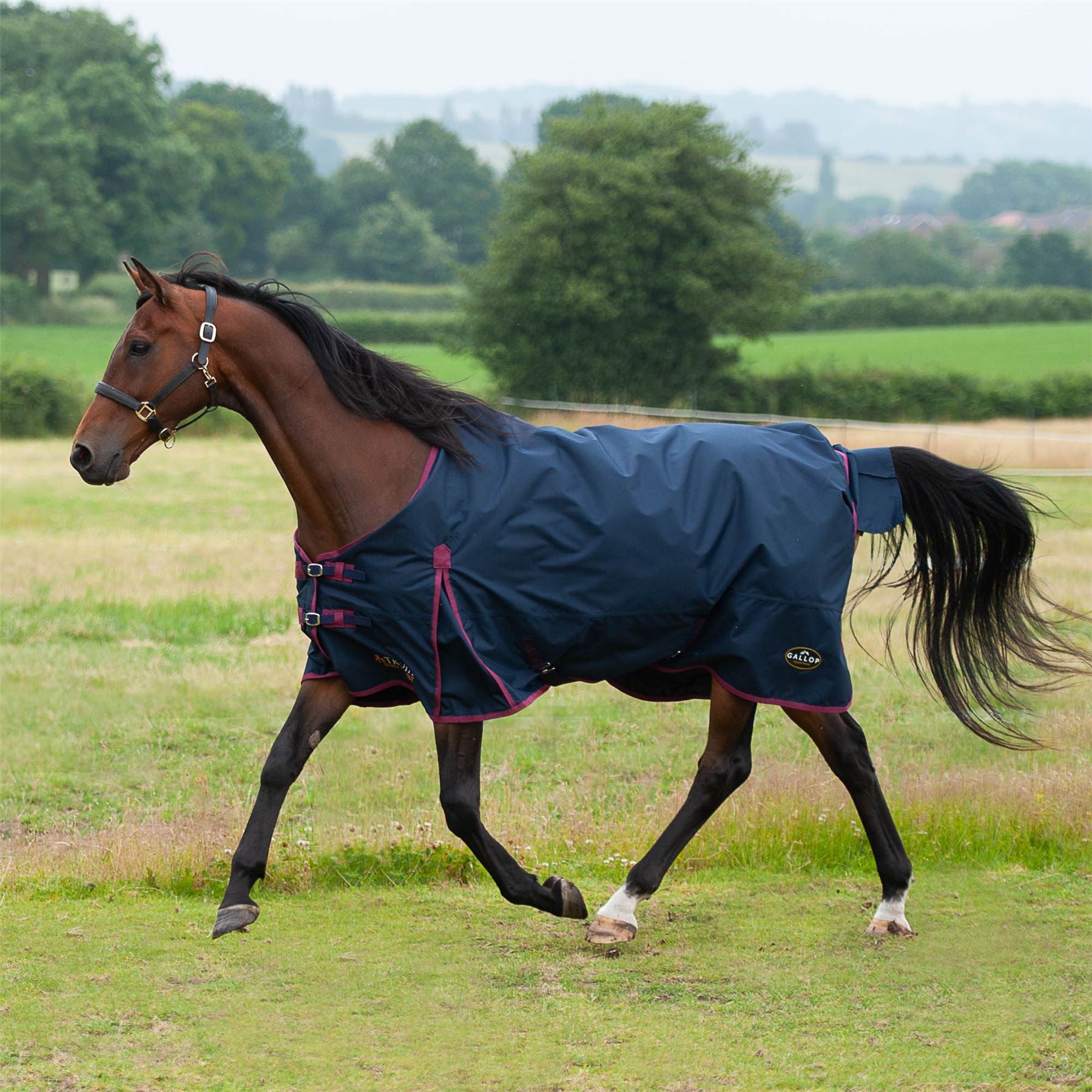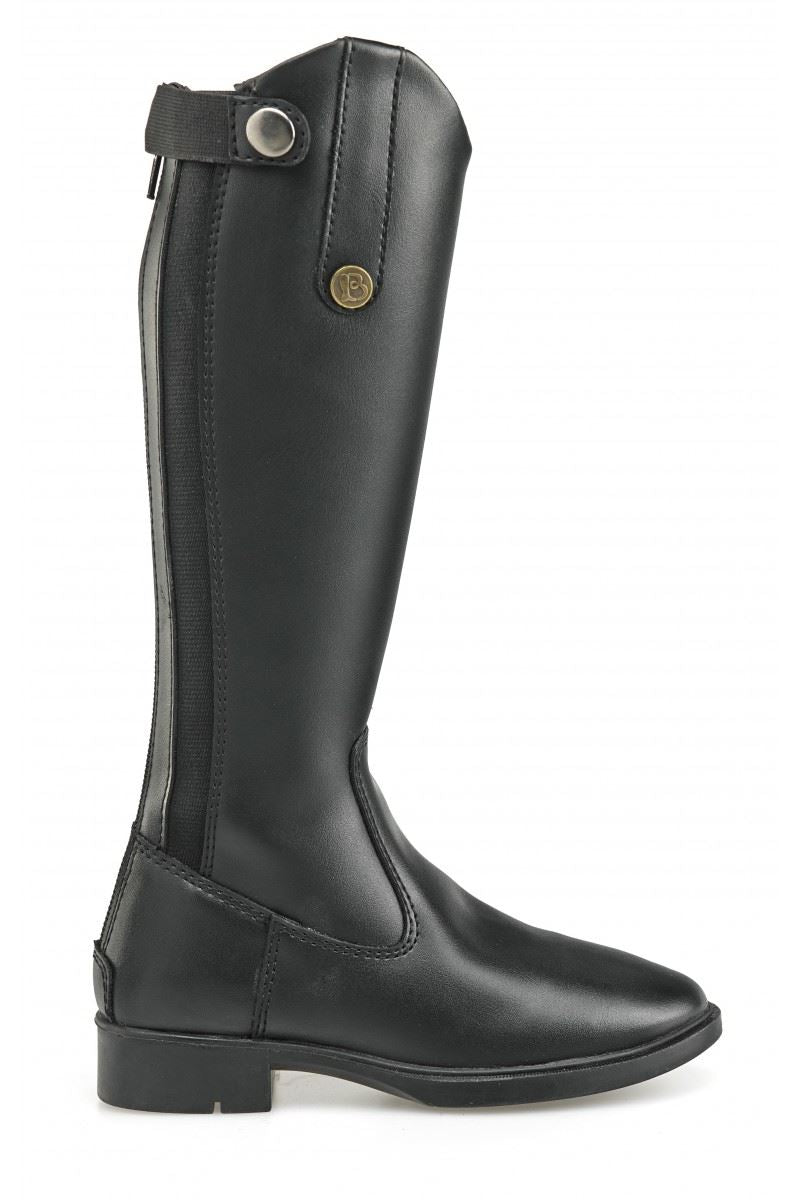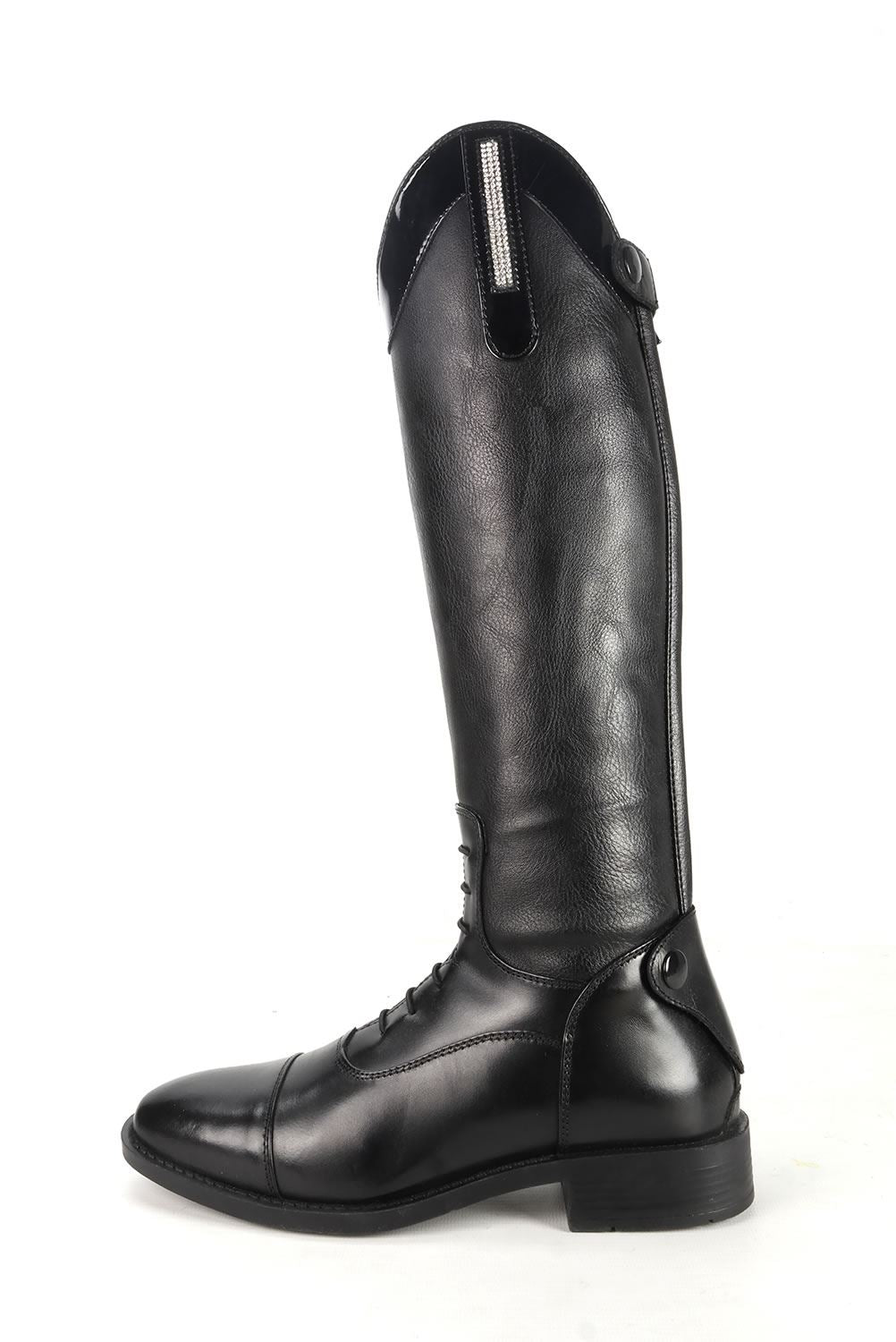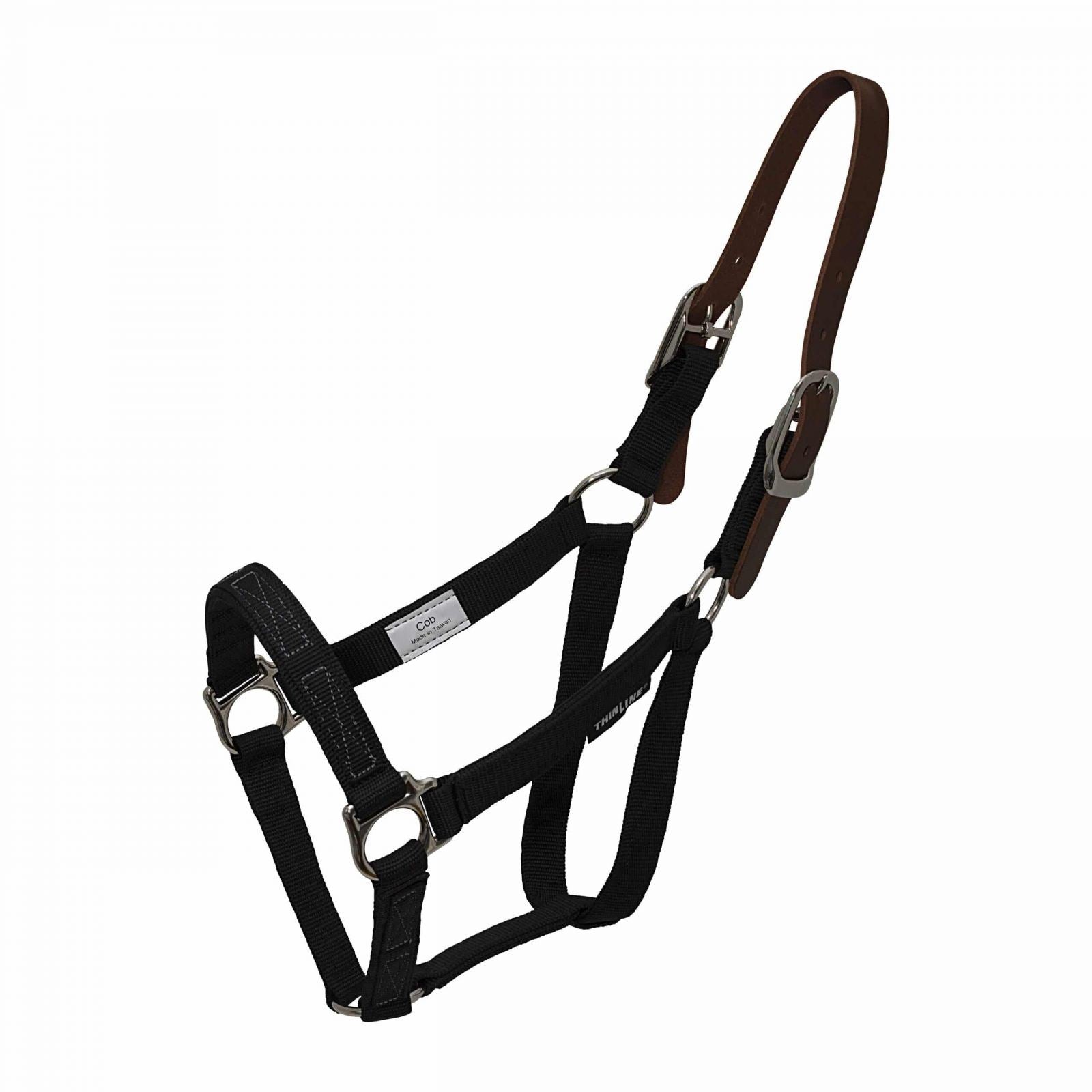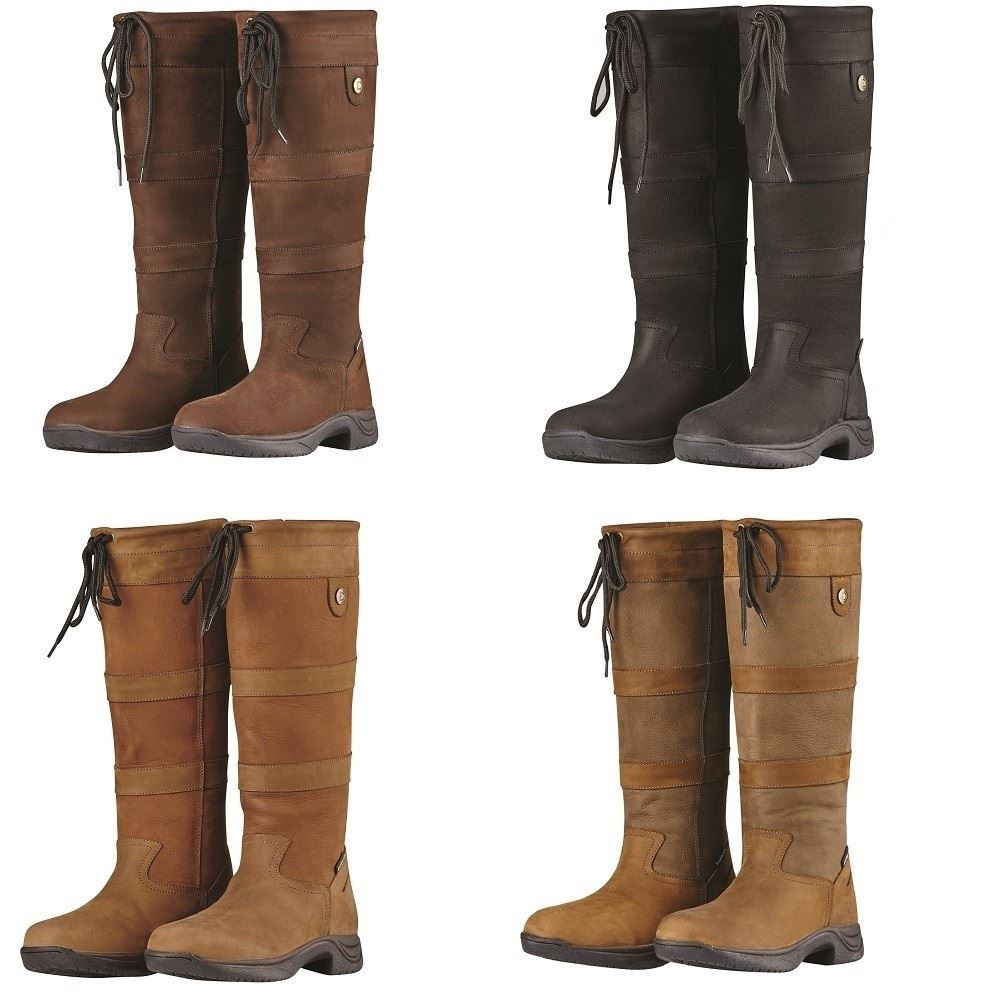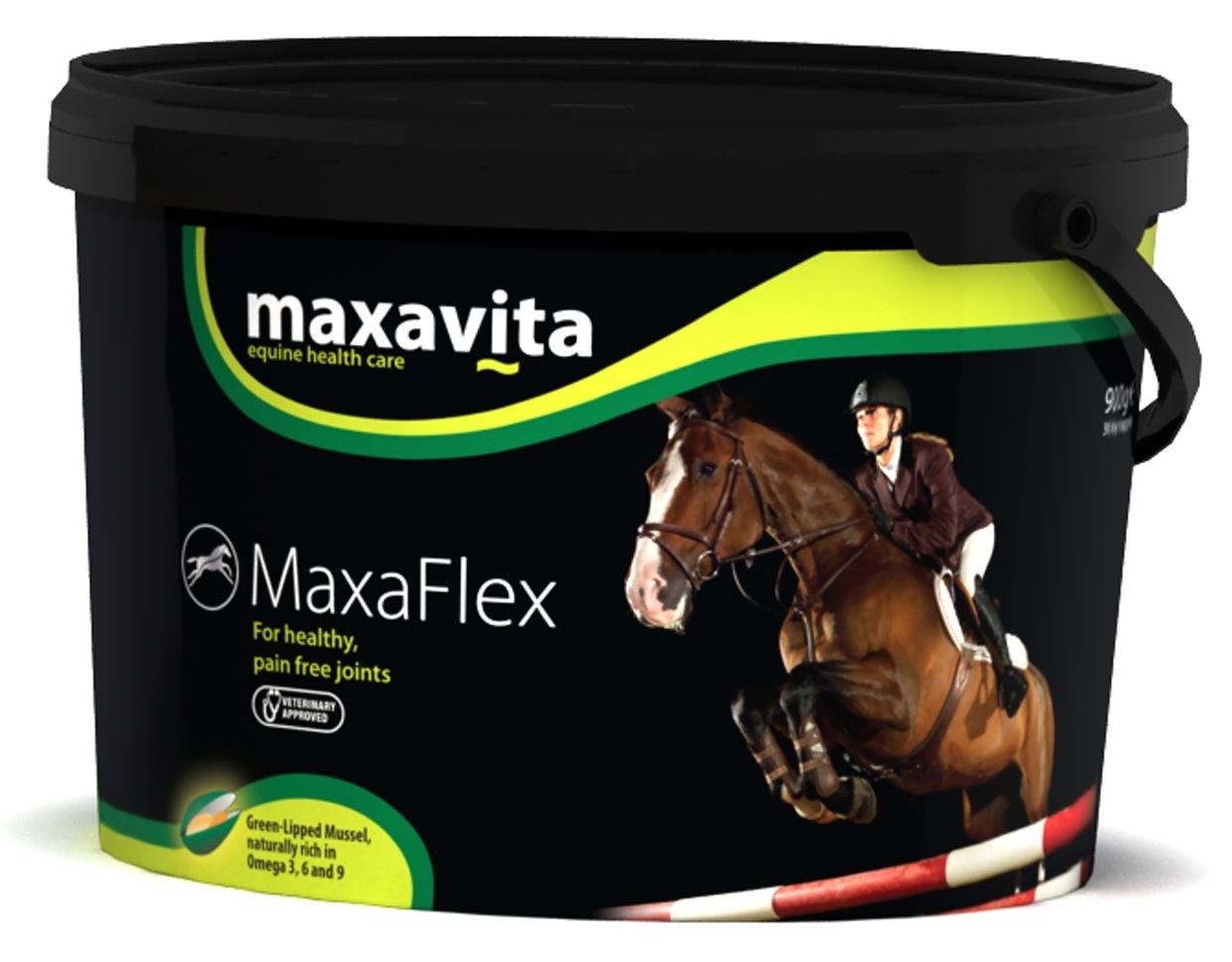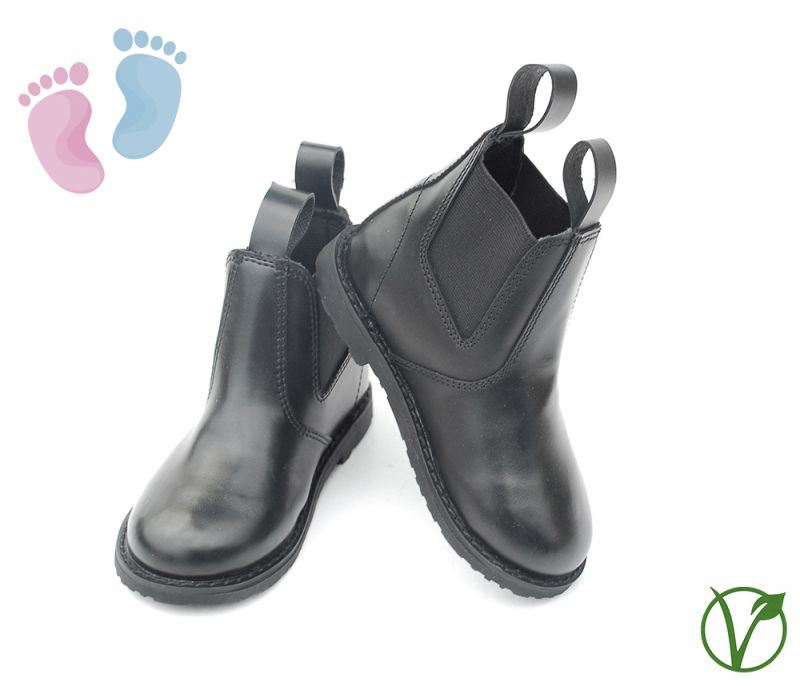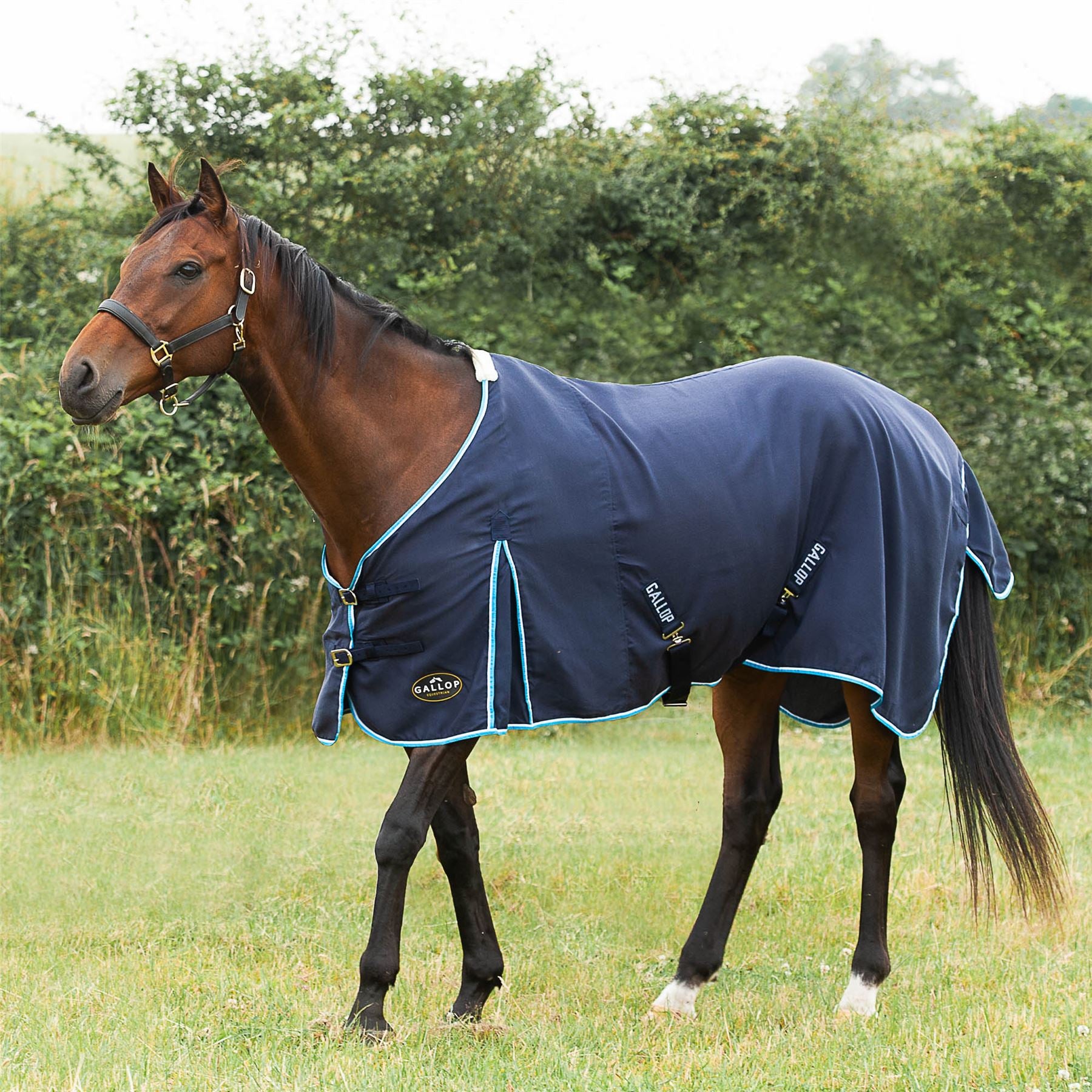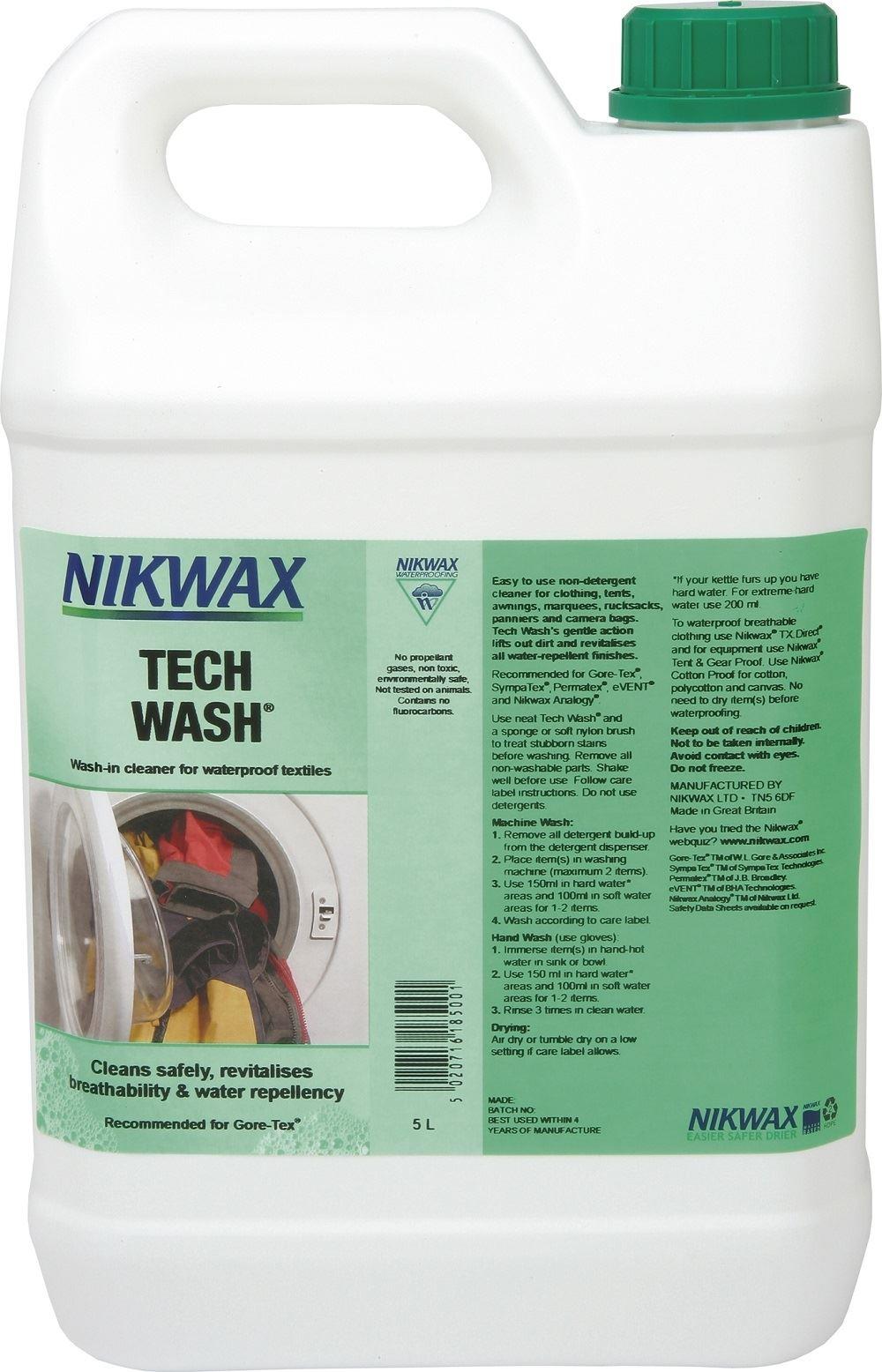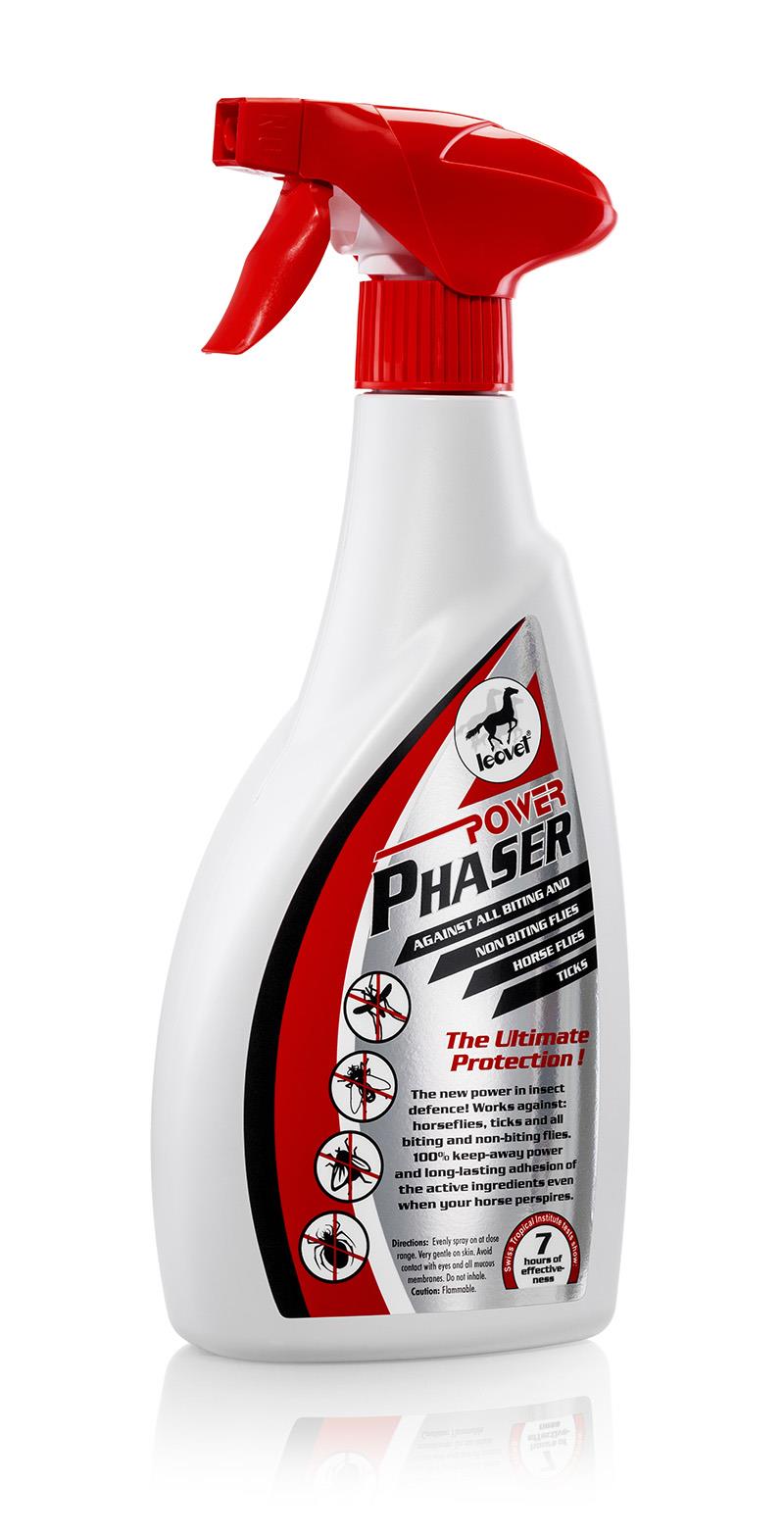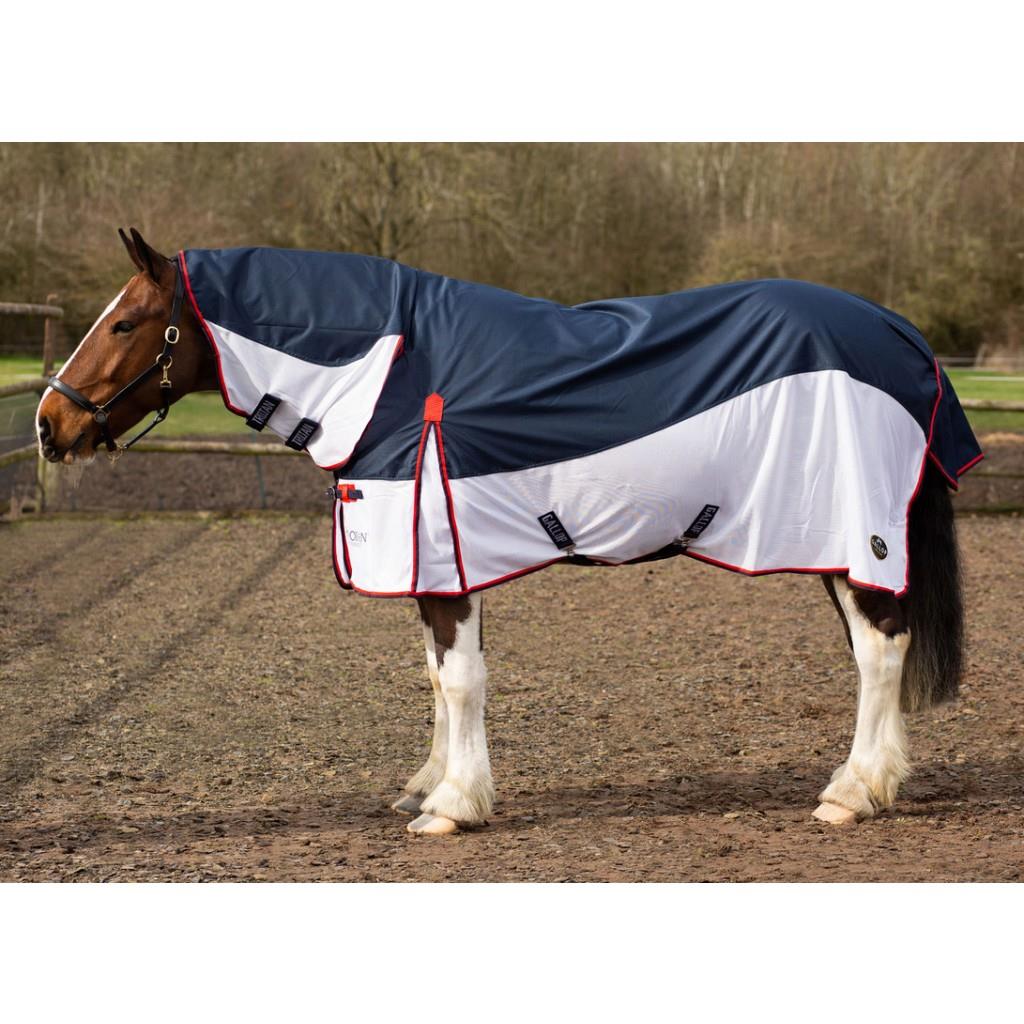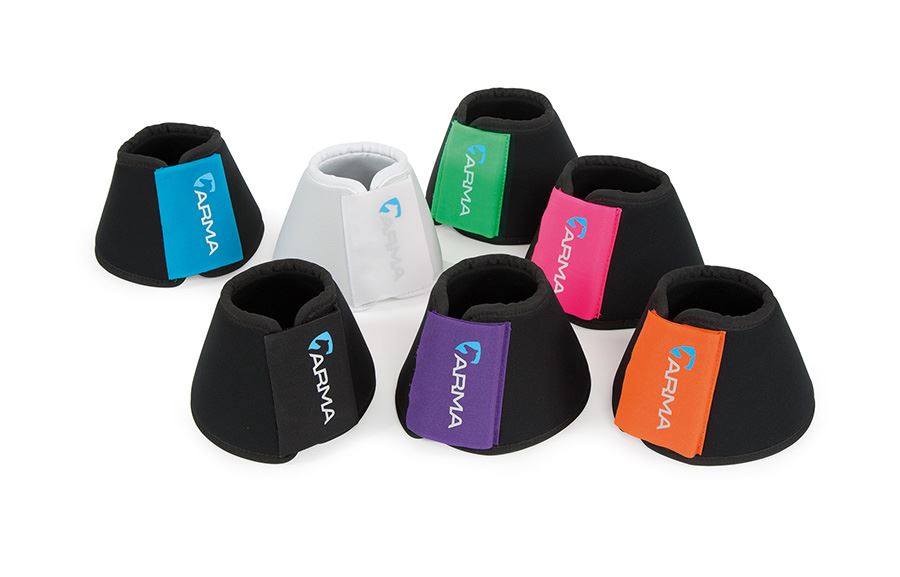Wisconsin Horse Outbreak: Navigating Eastern Equine Encephalitis (EEE)
In October, the equine community was jarred by a new case of Eastern equine encephalitis (EEE) discovered in a 5-year-old Standardbred mare from Taylor County, Wisconsin. This case highlights the persistent threat of mosquito-borne diseases to horses and underscores the importance of preventive measures. Let's delve into the details of this potentially fatal condition, preventive strategies, and the broader impact on the equine industry.
Unveiling the Mystery: Clinical Presentation and Diagnosis of EEE
The 5-year-old mare exhibited alarming symptoms, such as muscle fasciculations and fever, on October 1. These signs prompted immediate veterinary intervention, resulting in a confirmation of EEE on October 4. As of now, the mare's health status is uncertain, illustrating the often unpredictable course of the disease.
Understanding the Beast: The Severity of EEE
EEE is not a disease to be taken lightly. This mosquito-borne illness imperils not only equine health but also human wellbeing. The mortality rate in horses is daunting, ranging from 70% to 90%. While infected horses rarely harbor virus levels sufficient to infect others, the threat to individual animals is substantial.
Slaying the Dragon: Effective Preventive Measures
Given the high stakes involved, preventive strategies are paramount. Here are measures every horse owner can adopt:
Regular Vaccination
An annual vaccination is the bedrock of EEE prevention. Horses previously vaccinated require an annual booster, while those unvaccinated need a two-shot series over three to six weeks.
Mosquito Habitat Management
Reducing mosquito breeding grounds is crucial. Eliminate standing water, regularly clean water buckets and troughs, and employ mosquito "dunks" in water tanks. Fun fact: Mosquitoes are notorious for honing in on stagnant water like it’s a five-star buffet!
Equine Protection
To shield your equine pals, keep them indoors during prime mosquito hours—early morning and evening—and use approved mosquito repellents.
The Importance of Being Informed: Public Health Implications and Alerts
The report of this EEE case is disseminated through the EDCC Health Watch program via the Equine Disease Communication Center (EDCC). This initiative ensures that the equine community stays informed about infectious diseases, thanks to support from industry donations. Timely health alerts are invaluable for effective prevention and management. Horse owners are urged to subscribe to these alerts to stay ahead of potential outbreaks.
Deeper Dives: Further Research and Considerations
The ramifications of EEE reach into the heart of the equine industry, affecting both health and economic stability. Several research avenues could bolster our understanding and resilience:
Impact on the Equine Industry
The economic and health impacts of EEE outbreaks can be significant, necessitating robust strategies for management and prevention.
Mosquito Control Innovations
Exploring cutting-edge methods for mosquito control in rural and equine-rich regions is key to decreasing infection risks.
Vaccine Efficacy and Public Health
Diving into the role of vaccines in public health and EEE prevention can inform future health policies and vaccination initiatives.
Epidemiological Insights
Studying the epidemiology of EEE and similar diseases across the U.S. helps in forecasting and preparing for possible outbreaks.
Advances in Treatment
Research into new treatment protocols for EEE could enhance survival rates and alleviate disease severity.
In conclusion, with a combination of preventive actions, diligent monitoring, and relentless research, the equine community can effectively combat the looming threat of Eastern equine encephalitis. Remember, forewarned is forearmed. Or, as they say in horse circles, “forehay-stacked-in-the-barn.”
Source: Based on insights from equine health reports and the Equine Disease Communication Center.


